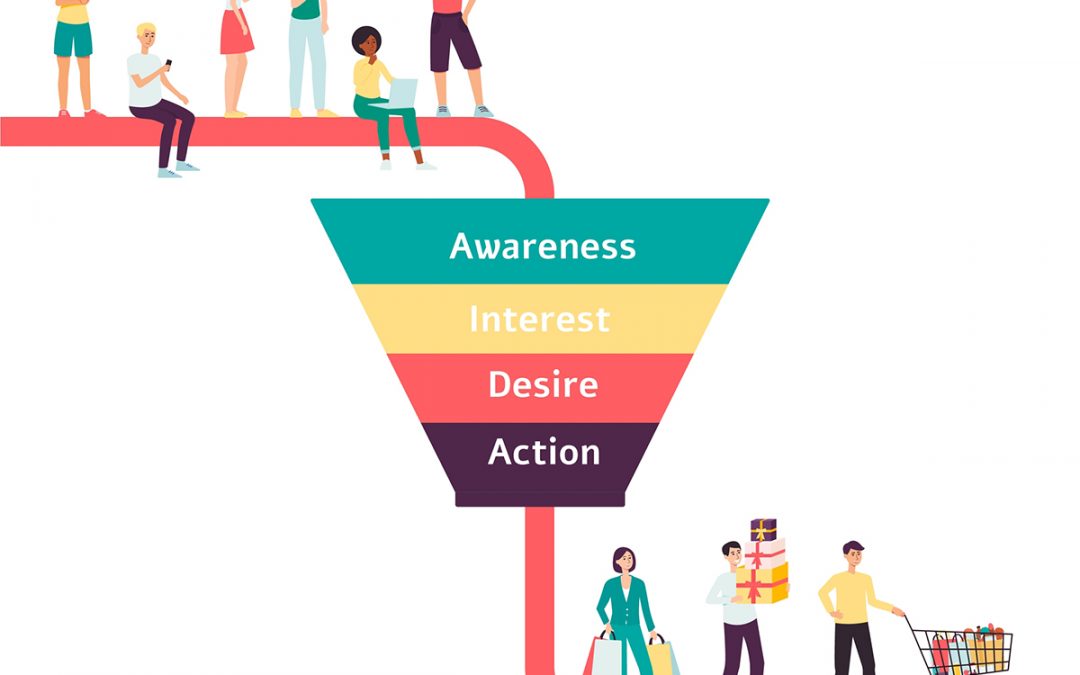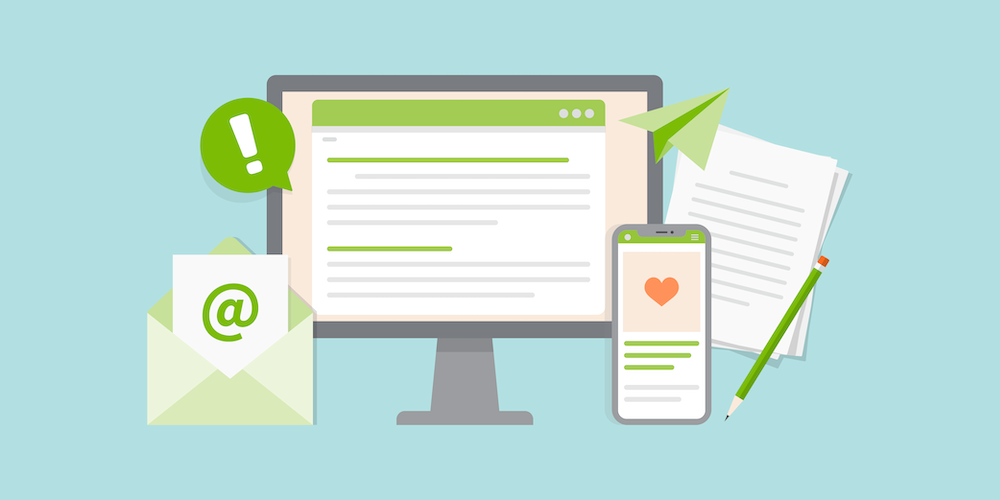In today’s hyper-connected and data-driven world, every business—whether a startup or an established enterprise—needs a structured approach to attract, engage, and convert customers online. This is where the Digital Marketing Funnel becomes an indispensable asset. It’s not just a theoretical model but a practical, results-oriented strategy that empowers businesses to understand their customer journey, nurture leads effectively, and ultimately drive sustainable growth. Ignoring this strategic framework is akin to navigating the complex digital landscape without a map.
A Digital Marketing Funnel is a step-by-step process that guides prospective customers through the stages of awareness, interest, decision, and action. Unlike traditional sales funnels, digital marketing funnels are dynamic, customizable, and driven by consumer behavior, analytics, and automation tools. They help brands deliver the right message to the right audience at the right time. Understanding this concept and implementing it effectively can drastically enhance a business’s online performance.
The Evolution of Customer Journeys and the Role of Funnels
Over the past decade, customer behavior has evolved drastically. With the widespread adoption of smartphones, social media, and search engines, consumers today have more control than ever before. They research brands, read reviews, compare products, and educate themselves before making a purchase. As a result, businesses must build trust and engagement long before a sales pitch is ever made. This is precisely what a Digital Marketing Funnel facilitates—establishing consistent, meaningful interactions throughout the customer lifecycle.
Instead of pushing products blindly, businesses now need to pull users in by offering value at each stage. This includes educational content at the awareness stage, detailed product or service information during consideration, and persuasive offers or testimonials when the customer is ready to decide. Each of these actions aligns with a specific stage of the funnel, creating a seamless and efficient path to conversion.
Stages of the Digital Marketing Funnel Explained
At its core, the digital marketing funnel consists of three major stages: top of the funnel (TOFU), middle of the funnel (MOFU), and bottom of the funnel (BOFU).
In the TOFU stage, the goal is to generate awareness and attract as many potential customers as possible. This is usually done through content marketing, SEO, paid ads, and social media engagement. At this point, people may not even realize they have a problem that your product or service can solve. So, the content here should be informational, not promotional.
As prospects move to the MOFU stage, they start showing interest in what you offer. Here, the goal is to nurture leads by offering deeper insights. Email marketing, eBooks, webinars, and case studies are valuable tools that help establish your authority and build trust.
Finally, in the BOFU stage, it’s time to convert leads into customers. This stage focuses on closing the sale with tactics like free trials, limited-time offers, personalized emails, and testimonials. Businesses that align their content and strategy with these funnel stages are far more likely to convert cold traffic into loyal customers.
Why Every Business Should Invest in a Funnel Strategy
Implementing a well-designed digital marketing funnel has multiple benefits. It not only improves conversion rates but also enhances customer retention. When you guide customers through a thoughtfully designed journey, you create a better user experience and increase the likelihood of repeat business. Moreover, a funnel allows businesses to segment their audience and deliver tailored content, making marketing efforts more efficient and data-driven.
For example, a business that sells software solutions can use the funnel to provide industry-specific guides to cold audiences, offer demo videos and use-cases to warm leads, and finally present case studies and ROI data to close deals. This structured approach ensures that resources are allocated wisely and each piece of content serves a purpose.
The funnel also provides valuable analytics at each stage. With the help of tools like Google Analytics, HubSpot, or CRM platforms, businesses can track metrics like click-through rates, conversion rates, and bounce rates. This data can be used to fine-tune campaigns, test new strategies, and improve ROI over time.
Challenges Without a Funnel in Place
Operating without a digital marketing funnel is like trying to fill a leaky bucket. You may generate a high volume of traffic, but without a strategy to engage and convert, much of that traffic will never translate into sales. Many businesses invest heavily in ads and content creation but see poor returns simply because they haven’t mapped out a clear customer journey.
Lack of a funnel also leads to inconsistent messaging. Without a unified approach, different departments may send mixed signals to customers, resulting in confusion and brand distrust. Additionally, businesses miss opportunities to retarget users who showed interest but didn’t convert. A funnel helps plug these gaps by automating follow-ups and ensuring every lead is nurtured appropriately.
How to Start Building Your Funnel
To start building your own digital marketing funnel, begin by defining your target audience and understanding their needs, pain points, and decision-making behavior. Then create content that addresses these factors at each stage of the funnel. From awareness videos and blog posts to detailed product guides and exclusive offers, each asset should be mapped to a specific phase.
You’ll also need a reliable marketing stack that can support funnel automation and tracking. Platforms like Mailchimp, ClickFunnels, or even simpler tools like ConvertKit can help set up lead capture forms, automated email sequences, and performance dashboards.
For business owners or marketers looking to upskill themselves, taking a Digital Marketing Course Online can be an excellent way to gain hands-on experience with funnel strategies, tools, and analytics. It equips professionals with the knowledge to build effective funnels and adapt to new digital trends.
Looking Ahead: Funnels in the Era of AI and Personalization
The future of digital marketing funnels lies in personalization and AI. With the rise of machine learning, businesses can now automate and optimize funnel strategies in real-time. From predictive lead scoring to dynamic email content, AI is helping brands fine-tune their approach and achieve better results with less manual effort.
Personalized funnels that adapt to user behavior are becoming the new standard. Whether it’s recommending products based on browsing history or retargeting users with abandoned cart emails, businesses are finding more ways to keep the funnel fluid and responsive.
Moreover, voice search, chatbots, and omnichannel experiences are reshaping how users move through the funnel. Businesses must stay agile and continuously refine their funnel based on technological advances and user expectations.
Conclusion
Every business that wants to grow in the digital age must invest in a Digital Marketing Funnel. It’s not just about acquiring customers; it’s about nurturing them, building trust, and converting interest into long-term loyalty. By understanding the customer journey and implementing a strategic funnel approach, businesses can significantly boost their online visibility, lead generation, and sales performance.
Whether you’re a solo entrepreneur or a large enterprise, the benefits of building a funnel far outweigh the effort. It’s a foundational strategy that turns marketing from a guessing game into a measurable, repeatable, and scalable process. If you haven’t yet embraced the power of a digital marketing funnel, now is the time to get started and future-proof your business for the competitive landscape ahead.




